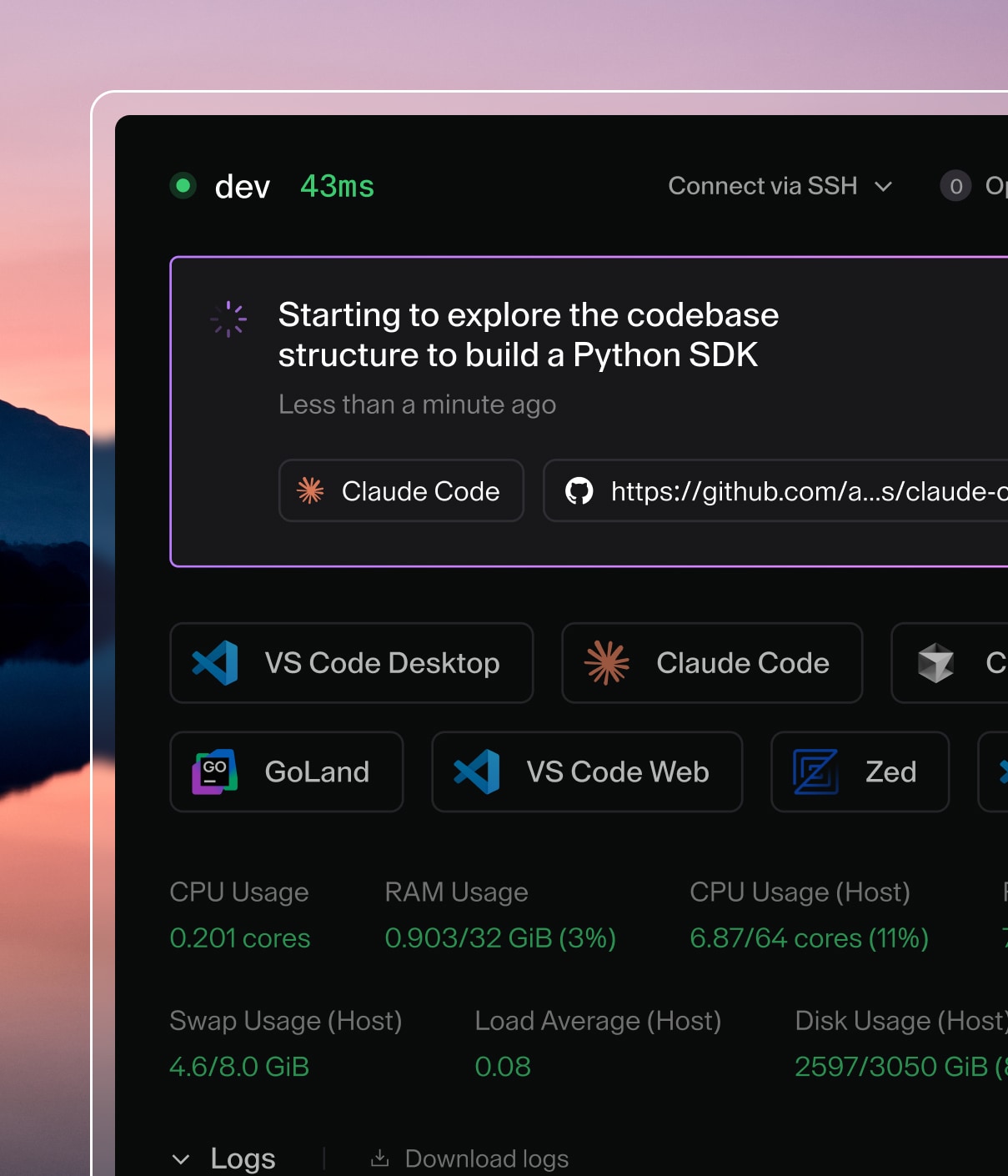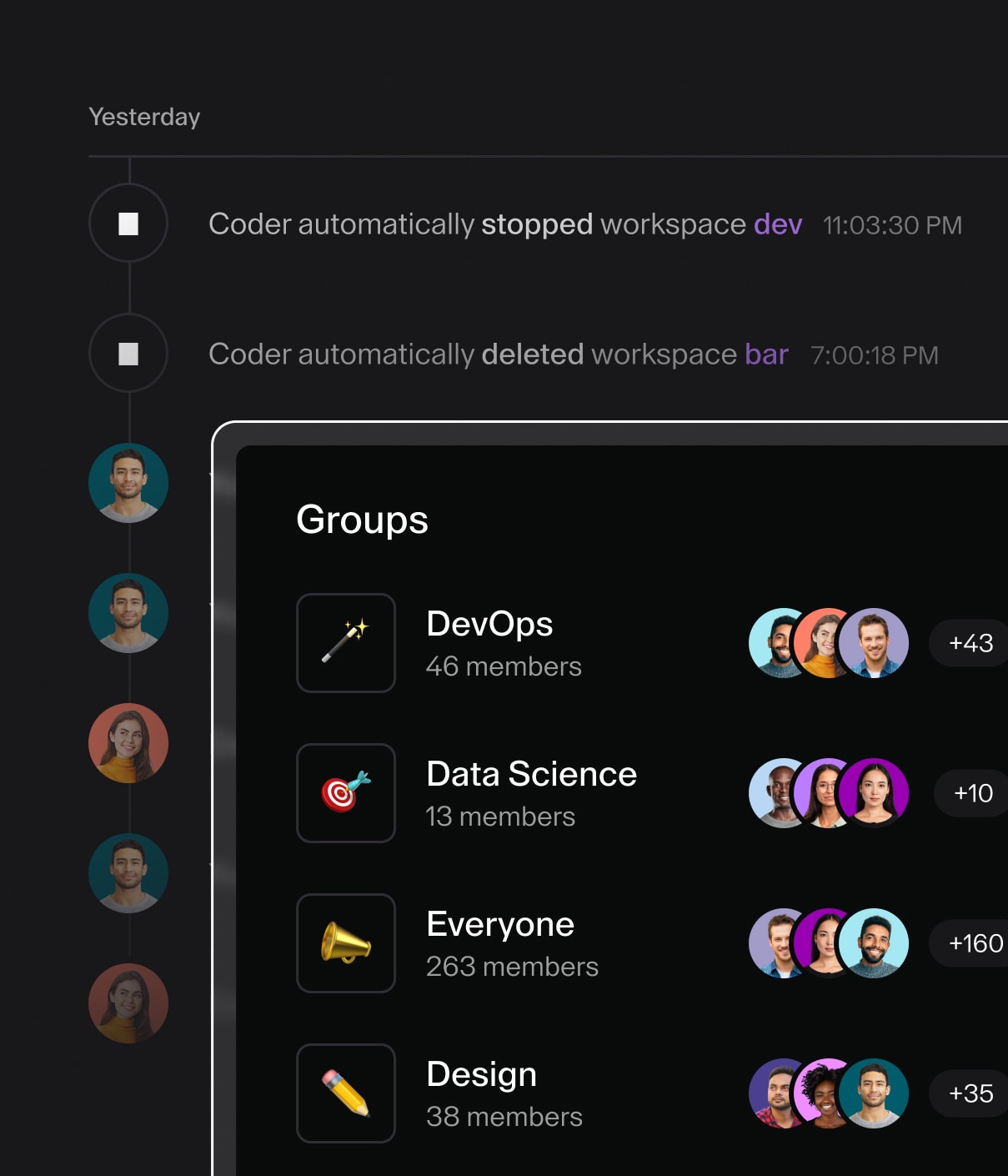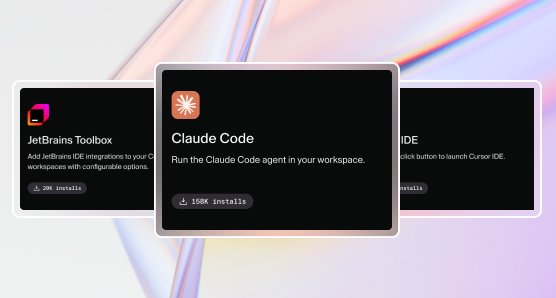Rethinking Software and AI/ML Development for Mission Success in Government Agencies
Shifting the development environment model to support the demands of AI/ML workflows


For government agencies tasked with national security, intelligence, and defense missions, software development has become mission-critical. From AI/ML models supporting analysis to applications powering field operations, software is now part of the essential infrastructure. Yet many development teams remain constrained by environments that no longer meet today’s operational demands for speed, scale, or security.
Local machines, virtual desktop infrastructure (VDI), and scattered virtual machines (VMs) are still common across government programs. These legacy tools slow onboarding, complicate compliance, and increase risk—especially in environments handling sensitive or classified data.
The challenge isn’t a lack of talent or expertise. Developers and data scientists in government are ready to build the next generation of mission tools. What’s missing is a development environment designed to help them move quickly and securely, without being limited by outdated infrastructure.
Shifting the development environment model
Modernizing software and AI/ML workflows starts with rethinking where and how that work gets done. More agencies are moving toward centralized, self-managed development environments that operate across unclassified, classified, and air-gapped networks.
In this model, developers no longer manage complex local setups or rely on temporary virtual machines. Instead, they access pre-configured workspaces ready for use from day one. Onboarding times drop from weeks to hours.
Security and platform teams also gain better control. Centralized environments make it easier to enforce security policies, monitor activity, and maintain compliance with federal cybersecurity standards. Shadow IT risks are reduced, and audits become less complex.
Supporting the demands of AI/ML workflows
AI/ML development presents unique challenges. Model training requires significant compute power, access to sensitive datasets, and integration with specialized tools. Traditional environments often struggle to keep up.
Centralized environments designed for AI/ML work better at scale. They allow teams to:
- Securely access data and compute resources without local copies
- Integrate easily with tools like version control systems and CI/CD pipelines
- Allocate resources dynamically to match compute-heavy workloads
This approach helps AI/ML teams maintain both speed and security—critical when developing models for sensitive government missions.
Building for flexibility, security, and scale
Government software development demands platforms that can adapt to mission needs. The most effective environments:
- Work across any infrastructure, including on-premises, cloud, and air-gapped systems
- Support multiple operating systems and development stacks
- Allow platform teams to control updates, configurations, and security policies
This flexibility positions agencies to respond quickly to new mission requirements, emerging technologies, and changing security landscapes.
Enabling the mission-driven technical workforce
At the center of this modernization effort is the workforce: developers, data scientists, and engineers committed to supporting critical government missions. Reducing friction in their workflows delivers measurable results, including faster delivery of capabilities, improved retention, and stronger defenses against emerging threats.
Development environments should be treated as core infrastructure, not an afterthought. The right tools enable teams to deliver secure, reliable software and AI/ML capabilities where they are needed most.
Charting the path forward
Modernizing development environments is more than a technical upgrade. It’s an investment in mission readiness, cybersecurity, and workforce effectiveness. Government agencies aligning with priorities on safe, secure, and trustworthy AI, zero trust architecture, and cloud modernization need workflows designed to meet those standards.
For agencies evaluating next steps, now is the time to assess development workflows, identify barriers, and build toward a more flexible, secure future. The tools and environments agencies choose will shape the success of software and AI/ML programs for years to come.
Subscribe to our newsletter
Want to stay up to date on all things Coder? Subscribe to our monthly newsletter and be the first to know when we release new things!


